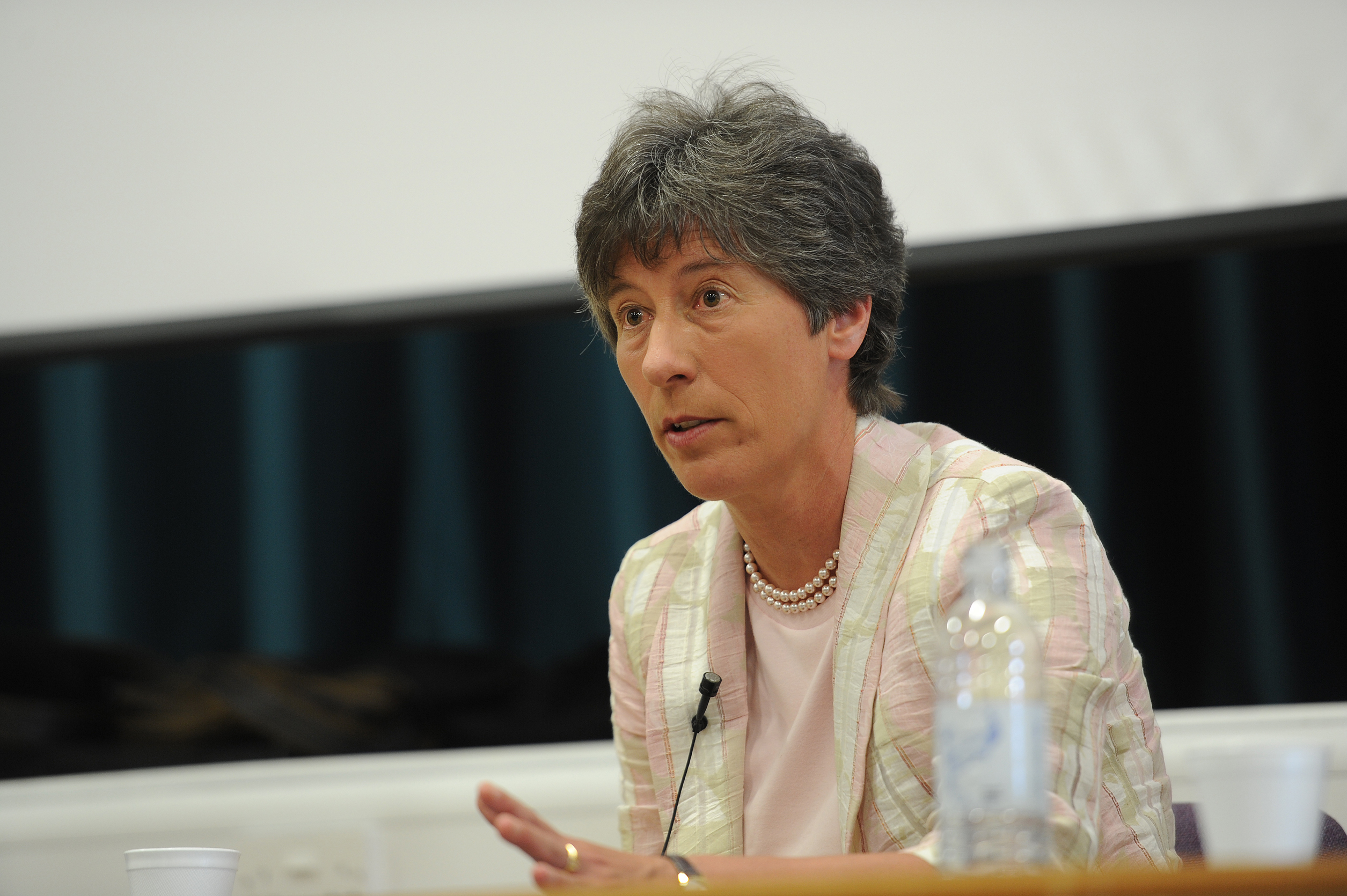
A new breakdown of the 2015 exam results shows pupils from well-off backgrounds were seven times more likely to get three Higher A grades than those from poorer areas.
The gap has widened since 2014 and the revelations come just days after Nicola Sturgeon put raising attainment at the heart of her re-election bid, pledging £100 million to address the problem.
Just 338 of the 9,178 fifth year pupils in the poorest parts of Scotland got three As or more last year, compared to 2,251 of 9,589 of the most affluent teenagers.
In three council areas – Orkney, Moray and the Western Isles – not a single most deprived pupil reached the university entry benchmark, while a further 11 local authorities had fewer than five poorer pupils achieve three As.
Liz Smith, Scottish Conservative spokeswoman on young people, said: “The SNP has been in sole charge of the education brief for almost nine years, and still this problem is getting worse.
“Nicola Sturgeon claims closing the attainment gap is a priority, but clearly it’s barely been a consideration all this time.”
Figures released under freedom of information laws show exam results by areas using the Scottish index of multiple deprivation (SIMD).
It assesses poverty levels of every postcode in Scotland, divided into five segments of 20% from the poorest to wealthiest communities.
In 2015, 23.5% of fifth year pupils in the most affluent areas of the country got three or more highers at grade A, the minimum usually needed to get into the top universities.
By contrast, just 3.7% of teenagers from the poorest areas achieved these grades. The 19.8% attainment gap is worse than in 2014, which Scottish Government figures show was 18.1%.
The longer term view shows that in 2007, when the SNP took power in Scotland, just 2% of pupils in the poorest areas got three or more Higher A grades.
However, the gap with the performance of more affluent pupils was also much smaller, at 12.8%. This means that although there has been a welcome rise in standards in the country’s least affluent areas, the gap with those from better off communities continues to get bigger.
Last week the First Minister unveiled plans to introduce standardised testing in primary schools.
It’s claimed the tests will help narrow the attainment gap between the least and most deprived children.
Labour education spokesman Iain Gray said: “These figures show that despite the warm words and selective statistics from Nicola Sturgeon the attainment gap between the richest and the rest in our schools is getting worse.
“No wonder there has been little or no improvement in children from poorer families getting the chance to go to university.”
The highest performing area for getting pupils from poorer areas the best exam results last year was East Dunbartonshire where 15.2% got three A grades, this contrasts with Dundee (2.4%) and Fife (2.3%)
A Scottish Government spokesman said: “These figures do not fully recognise school-leavers’ skills and qualifications, which are a far more meaningful measure of performance.
“A record proportion of school-leavers are securing jobs, training or continued education, while the gap between our most and least deprived school-leavers achieving at least one Higher has reduced considerably.
“Accelerating this progress, in increasing educational achievement and closing the attainment gap, is key to our ambition of creating a fairer Scotland. To this end, we have launched a £100 million Attainment Scotland Fund to provide targeted support to schools and local authorities in the most deprived areas, and introduced attainment advisors in every local authority.”

Enjoy the convenience of having The Sunday Post delivered as a digital ePaper straight to your smartphone, tablet or computer.
Subscribe for only £5.49 a month and enjoy all the benefits of the printed paper as a digital replica.
Subscribe